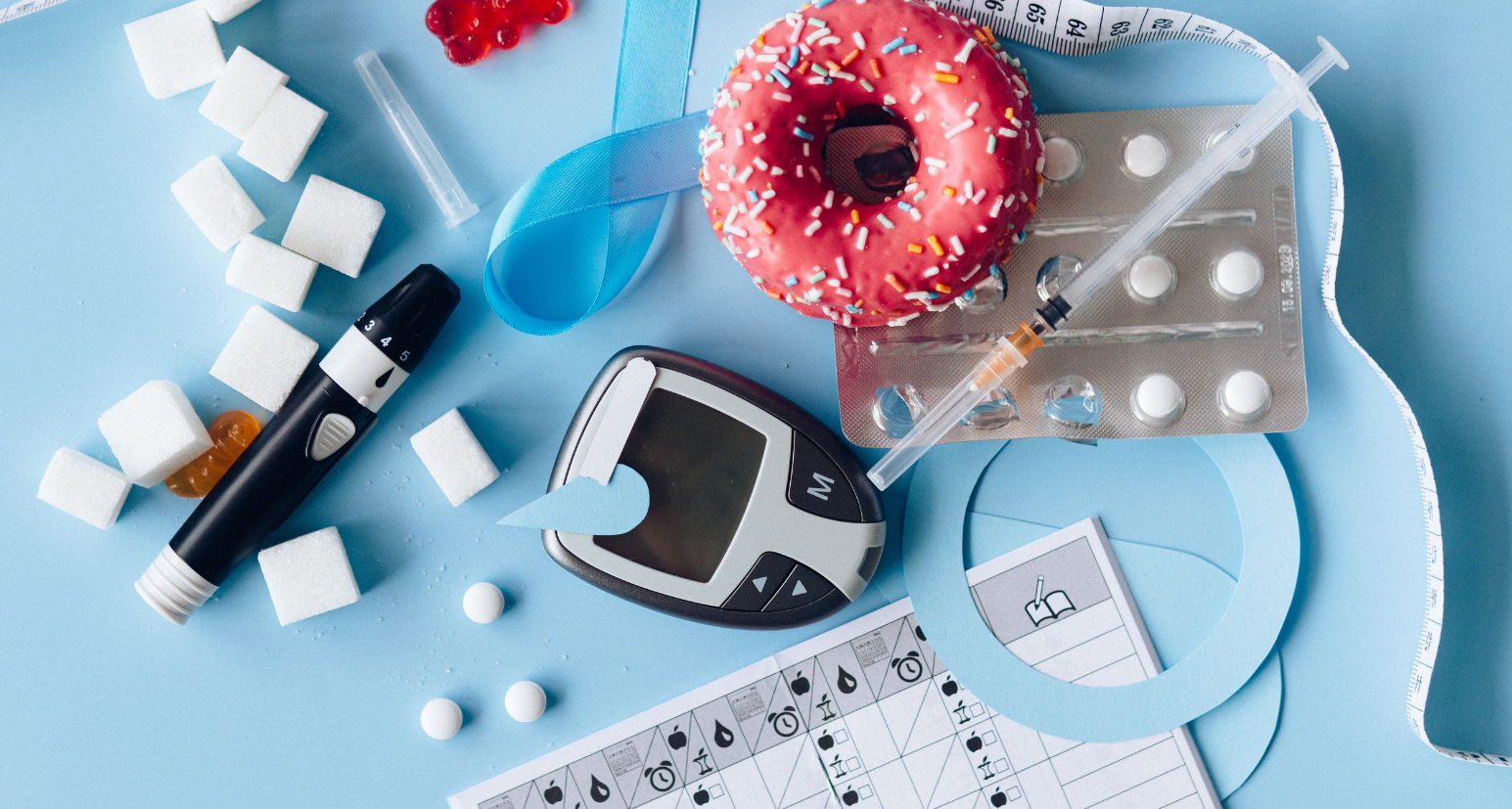Tang niao bing. I remember hearing those words from my mother several times when I visited my grandmother in China for the summer. I was probably 9 or 10 during that time. With my strained knowledge of the Chinese language due to being born in Canada, I had no idea what my mom was talking about. It was only a few years ago when I got curious from seeing my grandmother stick a needle in herself every day and my mother constantly reprimanding her for eating unhealthy, sugary foods. I asked my grandmother what tang niao bing means, and after a poorly translated explanation, I realized my grandmother has Type 2 diabetes.
I was shocked at that moment and more importantly, disappointed in myself. I have always been close to my grandma since I was a baby (she is one of my favorite people in the world). Even though I don’t have as much time to visit her because of school, I still reminisce on those sweet, nostalgic memories of going to the local market with her, playing card games on her tea table, and her attempts at teaching me Chinese characters. So, how had I not known my grandmother had this condition, especially one that is so prevalent around the world?
In recent years, I’ve paid closer attention to her. I observed my grandmother’s habits more carefully. I made sure I did as much as I could to support her whenever I saw her. Even more, I started doing research on diabetes, its causes, its treatments, and so much more. With Type 2 diabetes, your pancreas struggles to produce enough insulin. Insulin is an important hormone that moves glucose from our bloodstream into our cells to make energy. When you don’t have sufficient insulin, glucose builds up in your bloodstream and leads to a high blood sugar level. The needles I saw my grandmother take every day are insulin injections, which is a major diabetes treatment that helps supplement our body’s natural insulin. Of course, lifestyle changes are an equally, if not more, important factor in treating Type 2 diabetes. You should always maintain a healthy diet that is free of saturated fats and high levels of sugar. Ironically though, my grandma is a massive sweets person. She loves desserts. But along with my mom, I try to help her with her diet, whether this means giving her reminders, grocery shopping together to buy healthier foods, or cooking something for her at home. I also go on walks with my grandma every day as she needs consistent physical activity to help lower her blood sugar level.
What’s unfortunate is that there is no permanent cure for Type 2 diabetes. Although there are medications that can “reverse” the diabetes so that you no longer need to rely on medication, there is no way to completely get rid of it. Lifestyle changes and regular monitoring of blood sugar are all necessary steps to keeping diabetes at bay. It’s also important to note that the exact causes of diabetes are often unknown. We do know, however, that the main contributing factors typically involve obesity, being physically inactive, or having a family history of diabetes. This disease also tends to be more common when you reach an older age, which is what happened in my grandmother’s situation.
One interesting case when it comes to technological advancements in the treatment of diabetes is insulin farming using gene editing/cloning. Companies like Eli Lilly and Genentech use recombinant DNA to produce insulin. How it essentially works is the scientists get this human insulin gene and insert it into the bacteria. Then, the bacteria learn how to produce insulin, and we extract that insulin from the bacteria to manufacture medications. I’m only scratching the surface of genetic modification here, so don’t worry, I’ll go further in-depth on this topic in another article!
I just gave you a glimpse of the advanced technology we are constantly researching to treat diabetes. But the reality is, coming from a relatively small town in China, my grandma is not able to access such amazing healthcare and medical technology. Her city is not as progressive about some medical treatments, especially when it comes to diabetes. In Canada, I’m used to seeing a CGM (continuous glucose monitor) device, which measures and keeps track of your glucose level at all times, or an insulin pump, which continuously supplies insulin into your body. While this is not new and sophisticated technology, these devices would be extremely helpful for my grandmother, who can oftentimes be forgetful. However, the hard truth is that she simply doesn’t have access to them, even if we find one of the best doctors in her area. From my grandmother, I was able to notice how contrasting healthcare systems still are in different parts of the world, even as we are all evolving with our treatments and research. It’s not just about whether it’s a developed country or not (in fact, my grandma’s city is not even considered undeveloped). It’s a combination of different factors ranging from economic to political to cultural. It may have been a bit ignorant of me to seem so surprised by such differences, but it only proves that we need to work harder to fill the gaps in the healthcare world.
Works Cited
Continuous Glucose Monitoring. National Institute of Diabetes and Digestive and Kidney Diseases. (2023a, June). https://www.niddk.nih.gov/health-information/diabetes/overview/managing-diabetes/continuous-glucose-monitoring
Fraser, L. (2016, April 7). Cloning Insulin. Genentech. https://www.gene.com/stories/cloning-insulin
What Is Diabetes?. National Institute of Diabetes and Digestive and Kidney Diseases. (2023b, April). https://www.niddk.nih.gov/health-information/diabetes/overview/what-is-diabetes

